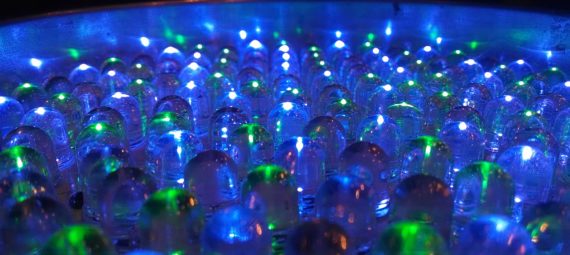Table of contents
- What are LEDs
- How an LED differs from filament lamp ?
- Working Principle of LED
- How different colour LEDs are made ?
- Types of LED
- LED Applications
What are LED's ?
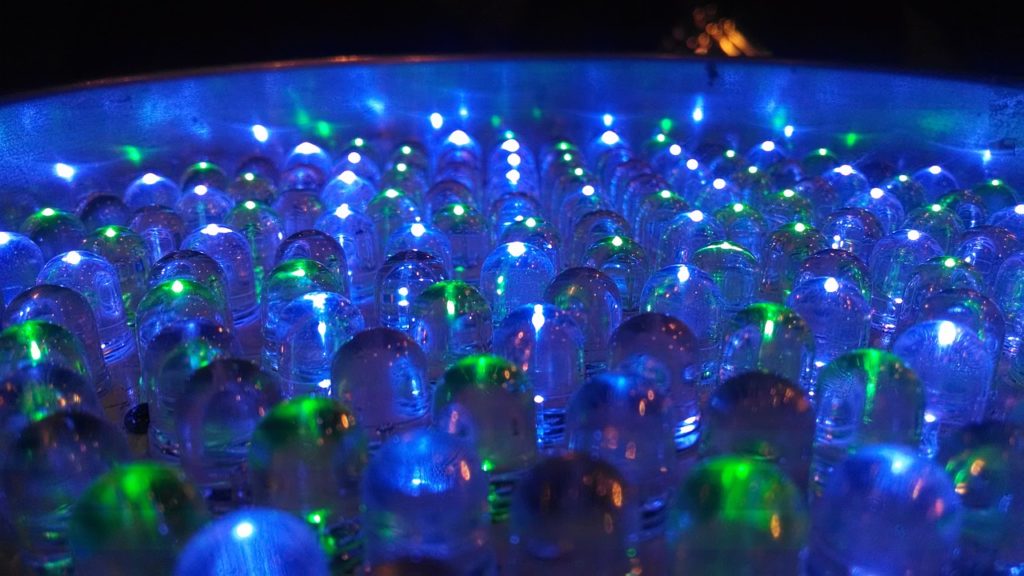
A Light Emitting Diode (LED) is a type of diode that emits visible or infrared light. LEDs are devices that convert electrical energy into light energy. A light-emitting diode (LED) is a semiconductor device that emits light when an electric current is passed through it. Light is produced when the particles that carry the current (known as electrons and holes) combine together within the semiconductor material.
How an LED differs from filament lamp ?
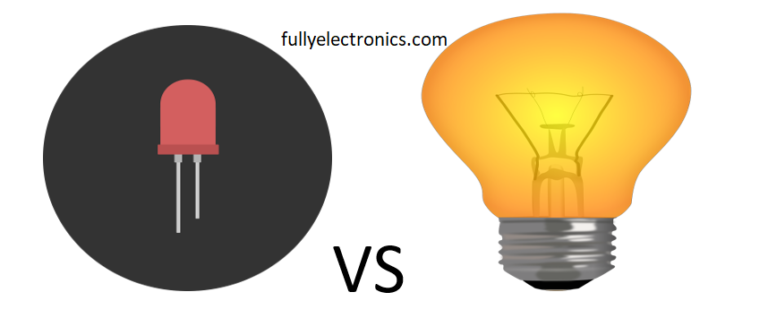
Lifespan
LEDs have an average lifespan of 50,000 hours, whereas filament lamps have a lifespan of only 1200 hours.
Power Consumption
When compared to a filament lamp, the amount of power consumed by LED is very low ( 6-8 watts comparing with 60 watts). The issue with incandescent lighting is that you end up paying more for electricity costs. Incandescent bulbs are inefficient, wasting 90% of their energy on heat and only 10% on the light. LED bulbs consume more than 75% less energy than incandescent lighting.
Temperature and Humidity Sensitivity
Filament lamps are sensitive to temperature and humidity to some extent, whereas LEDs are not.
Durability
LEDs are extremely durable, whereas filament lamps are not. They can last for over 30 years with very little maintenance, which is 20 times longer than an incandescent lamp.
CO2 Emissions
The actual volume of carbon dioxide gas emitted by illuminating a 60 W incandescent bulb for 24 hours, an equivalent compact fluorescent bulb (14 W), and an equivalent light-emitting diode bulb (7 W) for 24 hours is 1.44 kWh, 0.336 kWh, and 0.168 kWh, respectively. As a result, LED bulbs help to reduce carbon dioxide (CO2) emissions.
Cost
The total cost of 1,000 hours of LED lighting is 83 percent less than that of incandescent lighting. It is 32% less expensive than fluorescent lighting.
Working Principle of LED
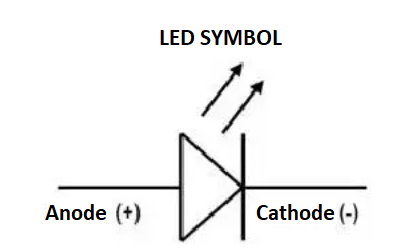
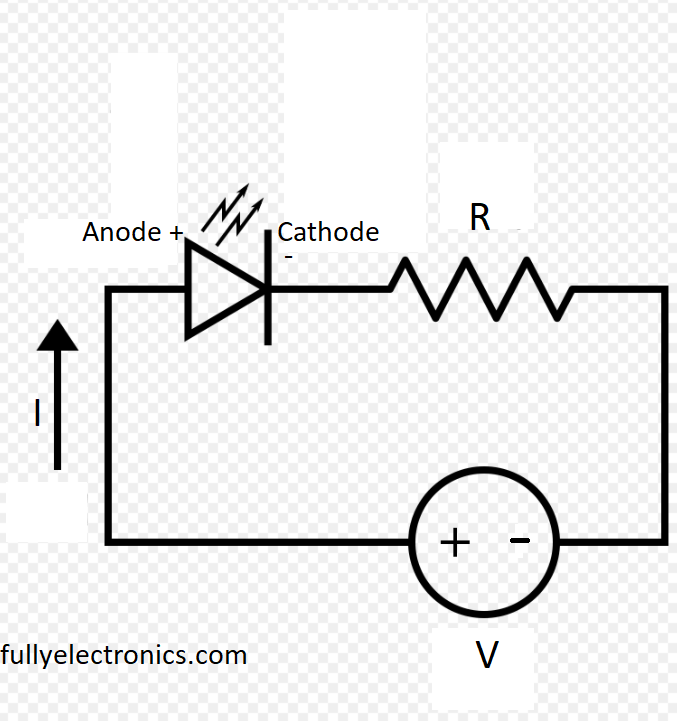
LEDs to have two pins for connection, one long and one short. To allow current to flow and light to be produced, connect the long lead to the positive terminal of the battery and the short lead to the negative terminal. Otherwise, the current will not pass and no light will be emitted. The color that will be emitted depends on the material from which this fact is made.
The voltage across the anode and cathode terminals must be greater than the forward voltage before an LED will emit light (VLED). If the current flowing through an LED exceeds the maximum current (ILED) the LED can withstand, it can be destroyed by the heat generated within it. A resistor can be used to limit the current flowing through the LED.
The forward voltage (VLED) and maximum current (ILED) of an LED are affected by its colour and material. Typically, the manufacturer provides these values. For low intensity LEDs, the forward voltage (VLED) is typically around 2V and the maximum current (ILED) is around 20mA.
How different colour LEDs are made ?
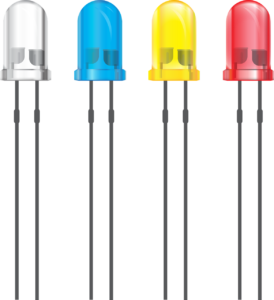
Electrons and holes are contained within energy bands within the semiconductor material of the LED. The energy of the photons (light particles) emitted by the LED is determined by the separation of the bands (i.e. the bandgap).
The photon energy determines the wavelength and thus the colour of the emitted light. Light colours are produced by different semiconductor materials with different bandgaps. By changing the composition of the light-emitting, or active, region, the precise wavelength (colour) can be tuned.
LEDs are made of compound semiconductor materials, which are made up of elements from the periodic table’s groups III and V. (these are known as III-V materials). Gallium arsenide (GaAs) and gallium phosphide (GaP) are two examples of III-V materials, which are commonly used to make LEDs. Until the mid-1990s, LEDs had a limited colour palette, with no commercial blue or white LEDs available. LEDs based on the gallium nitride (GaN) material system completed the colour range and opened up many new applications.
The primary LED materials
The following semiconductor materials are commonly used in the production of LEDs: •
Indium gallium nitride (InGaN): blue, green, and ultraviolet high-brightness LEDs
• Aluminum gallium indium phosphide (AlGaInP): high-brightness LEDs in yellow, orange, and red.
• AlGaAs (Aluminum Gallium Arsenide): red and infrared LEDs
• Gallium phosphide (GaP): LEDs in yellow and green.
Types of LED
1. Visible-Light LED: Common visible-light LED colours to include green, yellow, orange, and red lights.
2. Infrared LEDs: Infrared LEDs emit light. They’re the kind you’d find on a television remote.
3. Multicolor LEDs: Depending on the circuit design, it can emit more than one type of light colour. By varying the brightness of each colour in a multi-color LED with a Red-Green-Blue (RGB) combination, it is possible to produce all of the rainbow colours.
LED Applications
- Indoor lighting
- Flashing lights
- Traffic lights
- Informational and advertising panels
- Mobile displays
- Street lights
- Decor
- Stairs and their steps
- Automobile indicators

